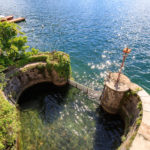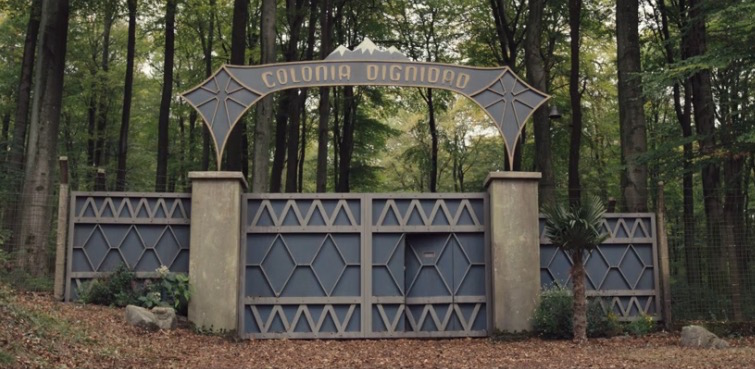
I was sent down a deep and dark rabbit hole today when I came across a new movie trailer for Colonia. The film is based on true events which took place in 1970s Chile at the Colonia Dignidad, a dangerous cult that was revealed to have Nazi ties and to have used torture among other atrocities within its inescapable walls. Curiosity levels peaked, I immediately Googled the cult, which led me straight to the Wikipedia page of “Villa Baviera”, formerly known as Colonia Dignidad, a torture colony turned tourist trap…
If you want to be on the same page as me when I began writing this article, you can watch the trailer that triggered my curiosity below…
After reading through just a few paragraphs on Wikipedia (it’s fascinating stuff), I had already learned more about Colonia’s history than I needed to in order to understand what kind of place it was.
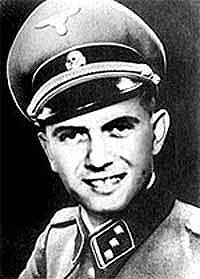
Josef Mengele, the notorious Nazi concentration camp doctor had almost certainly enjoyed refuge within its walls according to evidence presented by both the CIA and the world’s best-known Nazi hunter, Simon Wiesenthal. Then there was the cult’s founder and leader who was a former Nazi paramedic who had escaped child abuse charges in Germany. Other compelling footnotes include a local police discovery in 2005 of two illegal weapons caches in the colony, described as the largest arsenal ever found in private hands in Chile, stashing rocket launchers, machine guns, grenades and even a battle tank.
So not only does this colony still exist today (under an attractive new name), but then I read that the current leaders are trying to open it up to tourism.
Tourism?! I cocked my head sideways. What kind of tourism? Like a historical memorial museum for its victims? Not quite. I headed on over to the Villa Baviera website to find something really quite surreal.
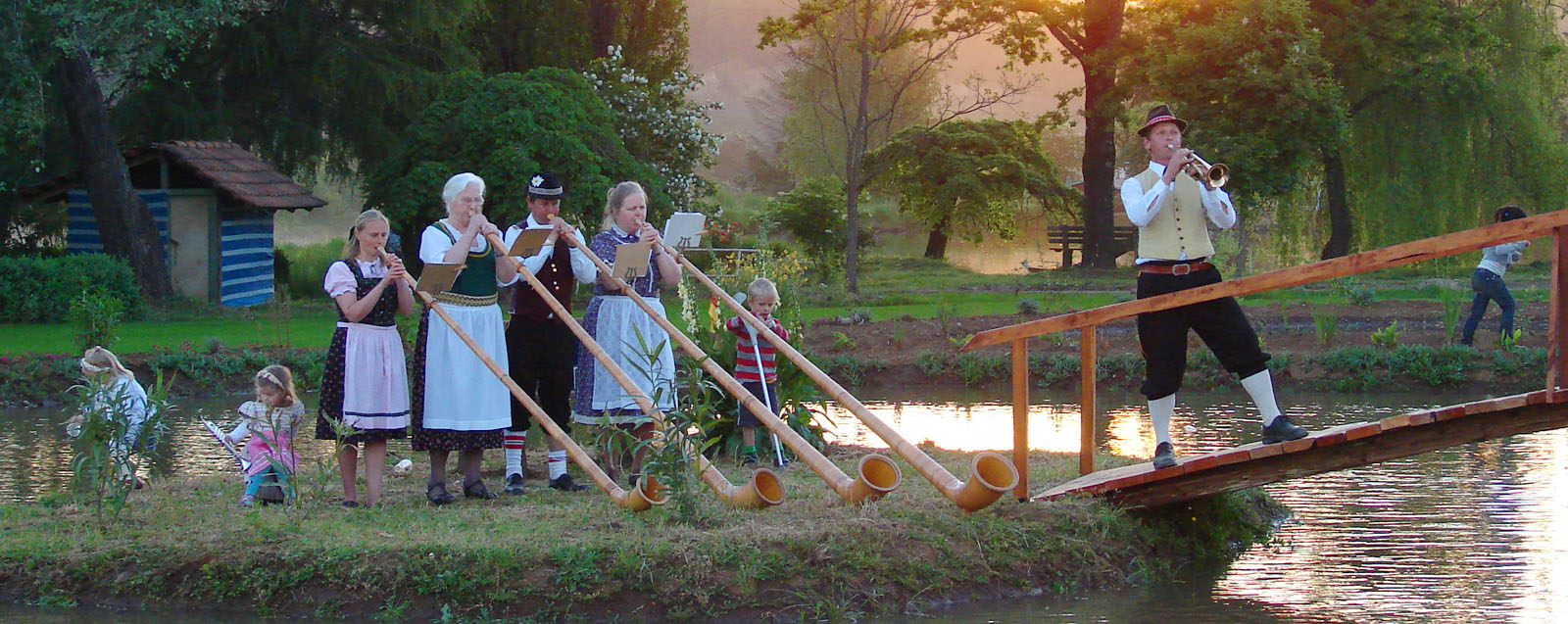

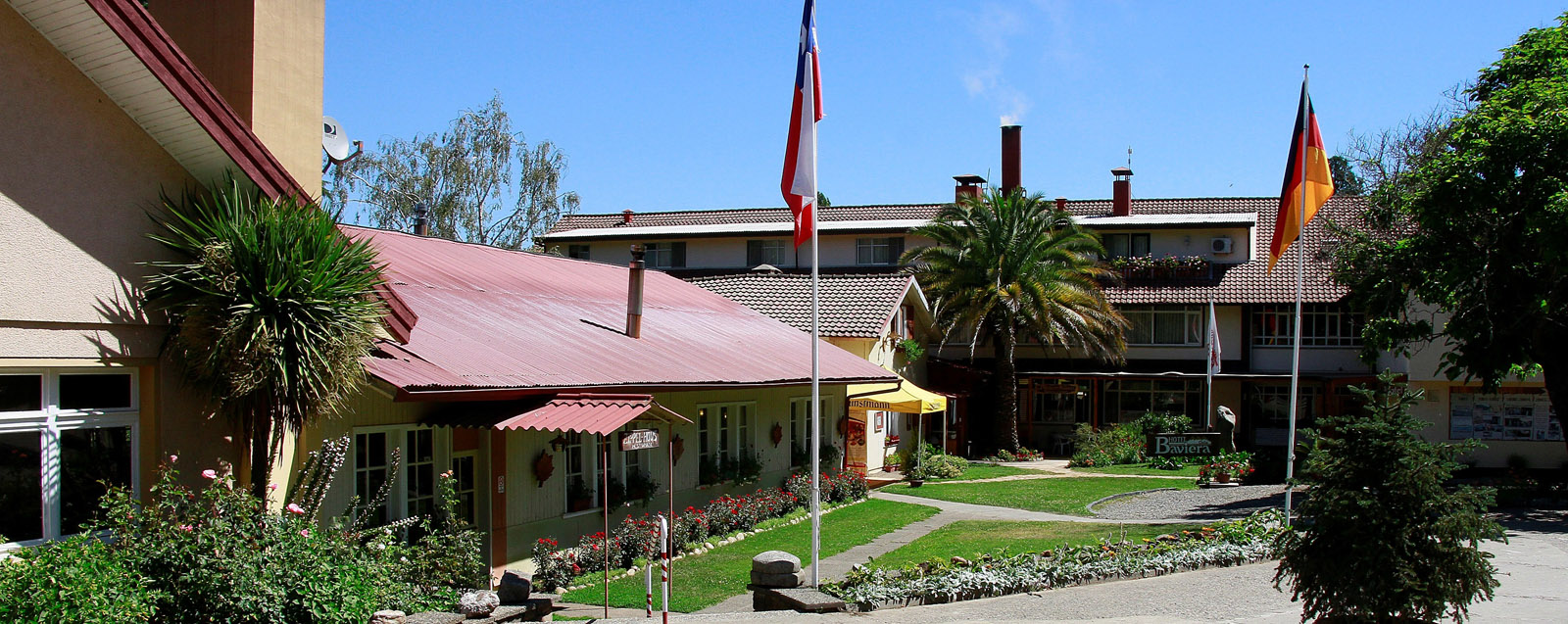
I’m greeted with photos of an idyllic setting in Chile’s Andean foothills. There are folks dressed in lederhosen, all the schnitzel and sausages you can eat– and hot tubs. It looks like a romantic getaway for couples who need their fix of Oktoberfest because once a year just isn’t enough.
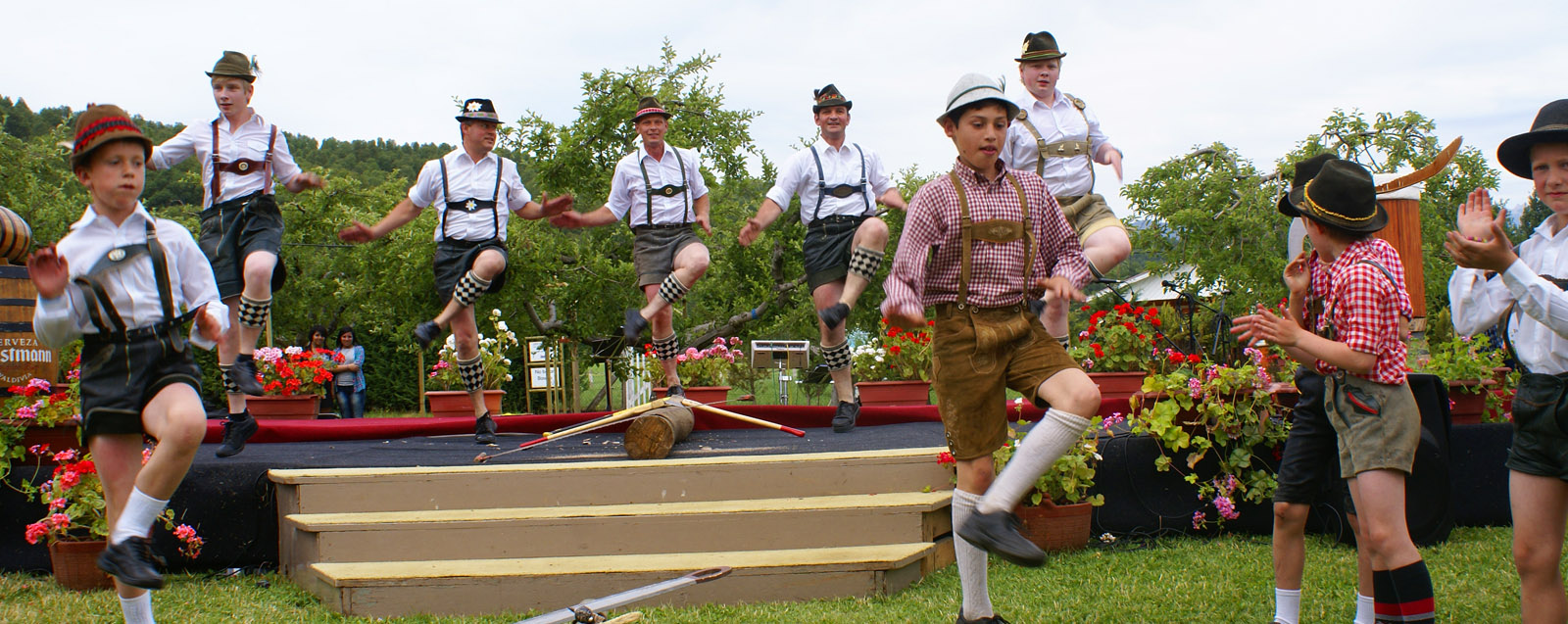
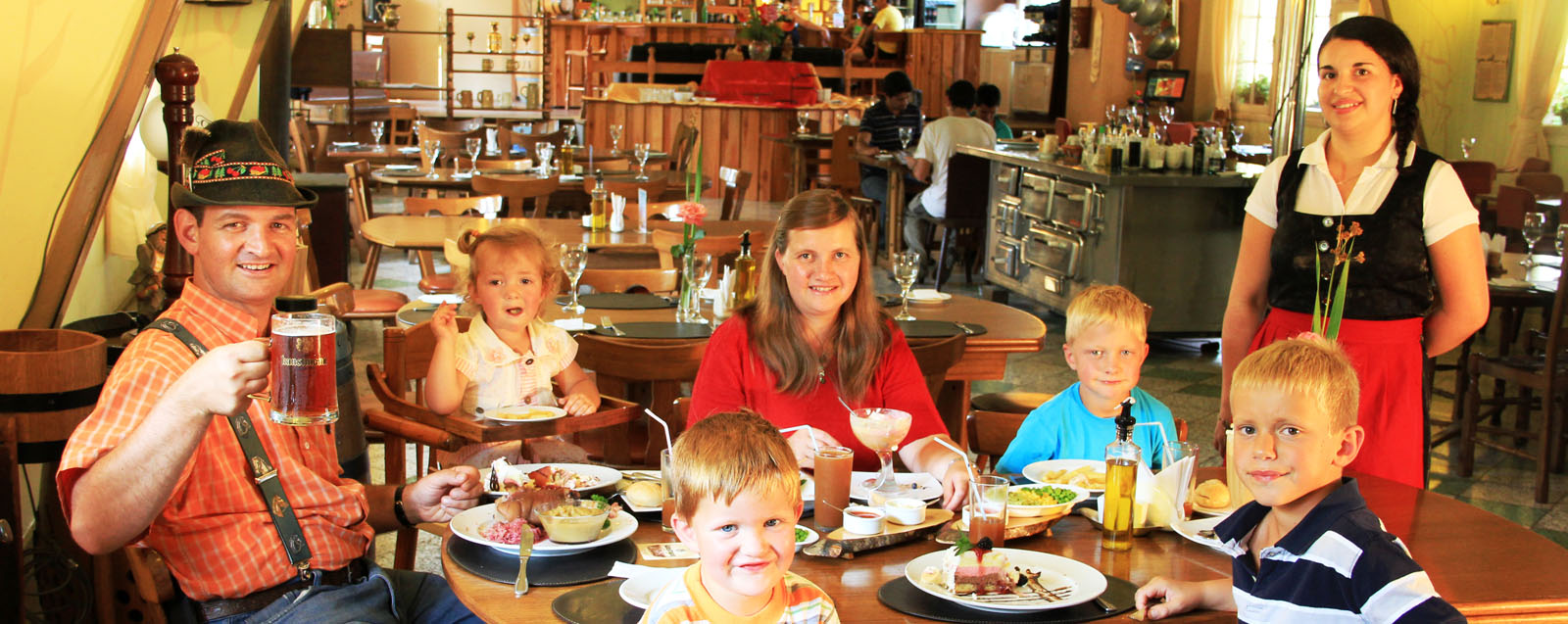

This apparently awful place I’ve just been reading about, now the subject of a dark Hollywood film, is today a bona-fide tourist leisure resort.
In 2014, a reporter for Bloomberg visited the secluded resort after “a four-hour train ride from Santiago past small vineyards, villages of sun-faded stucco” and writes an interesting account of his stay. On arrival at Villa Baviera, he spots the old lookout tower rising above the trees that was used to prevented escapees. A luxury hotel, a new restaurant, wedding tents, playgrounds and a swimming pool have since been added to accommodate the colony’s new tourism venture. The searchlights are gone, but there’s still a barbed wire fence.
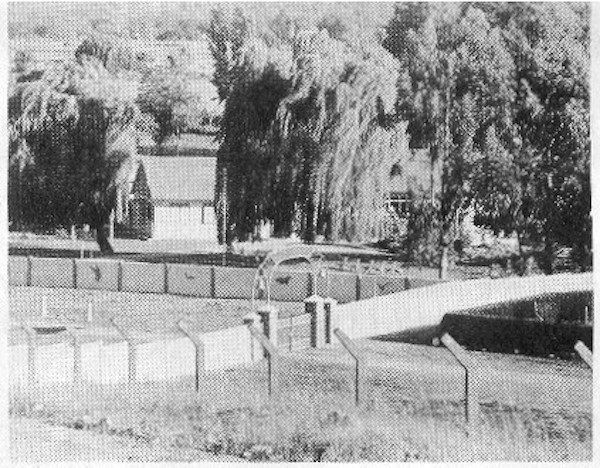
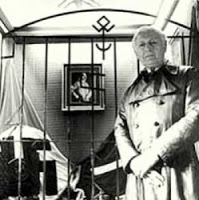
In its heyday as the cult founded by ex-Nazi paramedic and child molester Paul Schäfer in 1961 (pictured right), Villa Baviera was home to some three hundred German and Chilean residents who were segregated by sex and never allowed to leave the colony. Adults and children alike were forced to work in the fields from sunup to sundown and severe beatings and torture for disobedience were all too common.
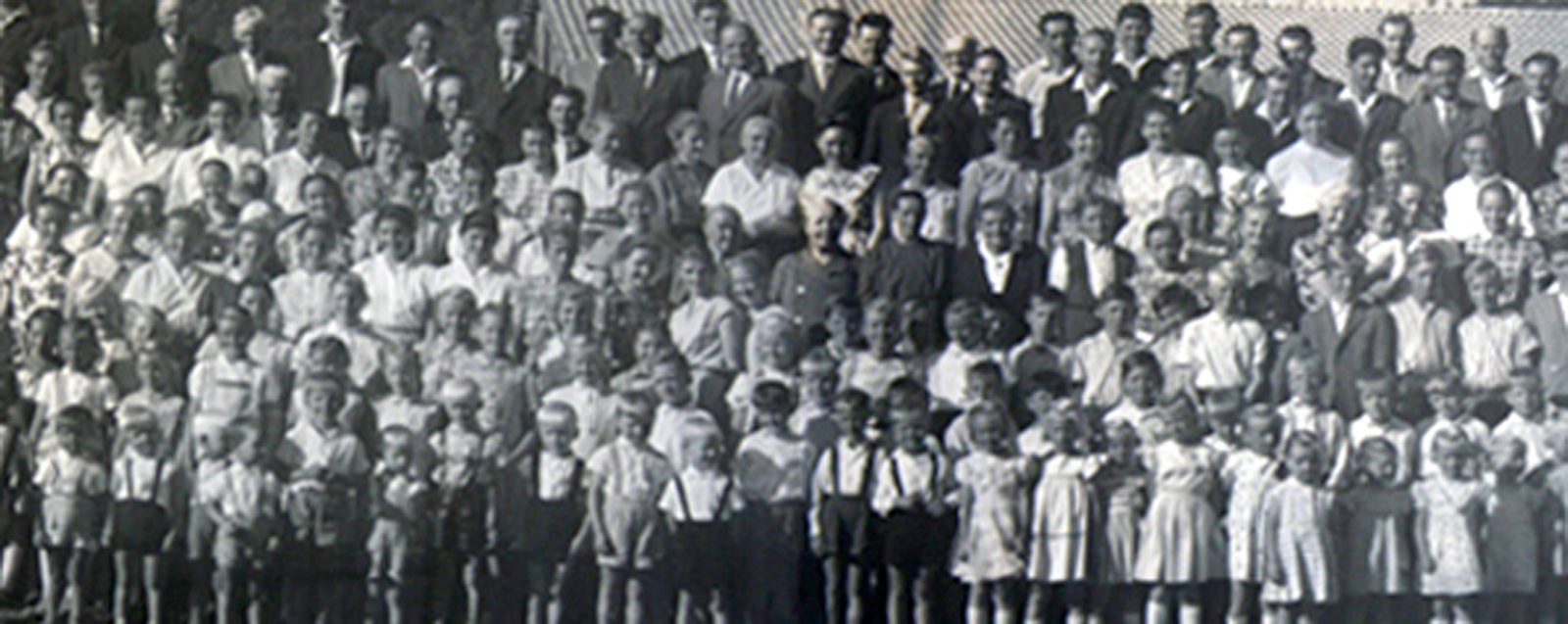
Television, telephones and calendars were banned, but the enclosed community contained a school, a free hospital, two airstrips, a restaurant, and even a power station. Sex was also banned at Dignidad, unless Schäfer personally approved it, and drugs were also administered, particularly to young girls as a form of sedation. In 1997, Schäfer was arrested while on the run again following charges that he had molested 26 children from the colony.
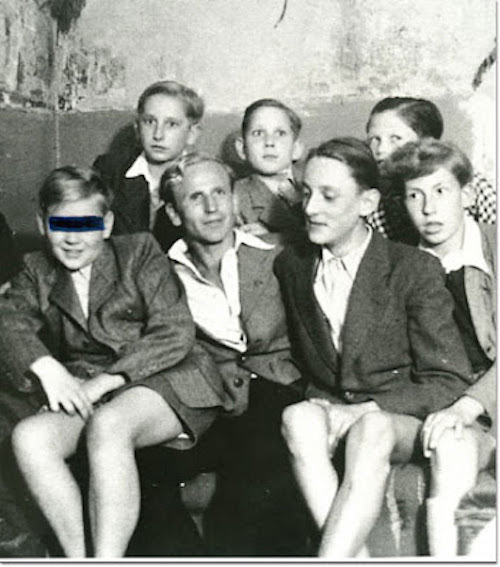
And then there were the kidnappings. During the Pinochet years, more than 1,100 people vanished in Chile, and in 1977, Amnesty International reported that many had been of them had been taken to the Colonia Dignidad, which had served as the special torture center for the military dictatorship.

In 1985, a Jewish Russian-born mathematics professor at Pennsylvania State University went missing while on a hiking trip near the Chilean border. He is believed to have been tortured and killed where tourists are now booking getaway weekends. The upcoming Hollywood film Colonia, starring Emma Watson and Daniel Brühl is based on these kidnappings.
An interesting side note:
The colony’s underground bunker and torture chamber was actually designed by a U.S. citizen, CIA agent and professional assassin, Michael Townley. He had moved to Chile after his father was appointed head of the Ford Motor Company (let’s not forget Henry Ford was a notorious Nazi sympathiser). Townley is currently living under the U.S. Witness Protection Program. (You can read up on this guy here).
But back to Villa Baveira, whose website brochure promises life in the new colony today has changed, readily admitting it has a difficult history to face.
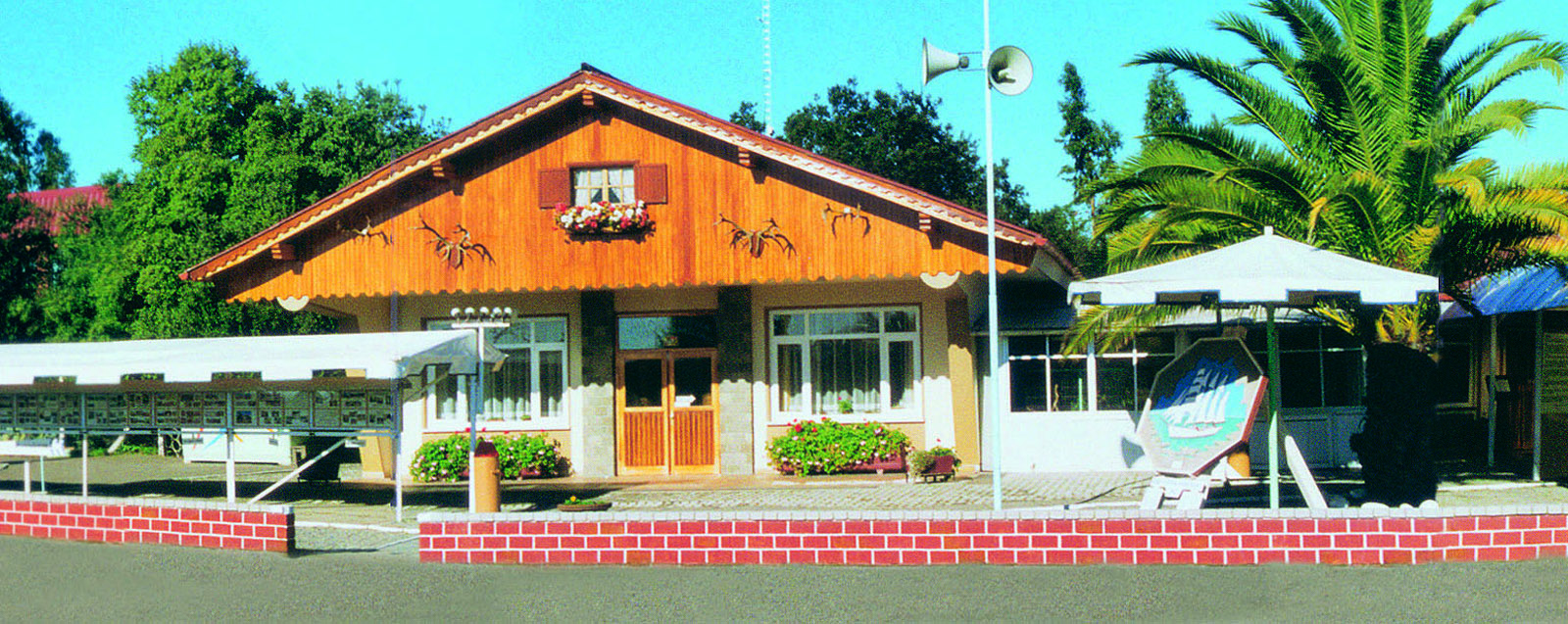
“It was not easy to reinvent itself, stand up and look to the future with confidence. The past weighs and is always knocking on the door of the New Villa Baviera”.
Presenting itself as a place to enjoy country life and the traditions and delicacies of German heritage, Baviera mostly attracts guests from Chile and can boast a 40% hotel occupancy rate on average.
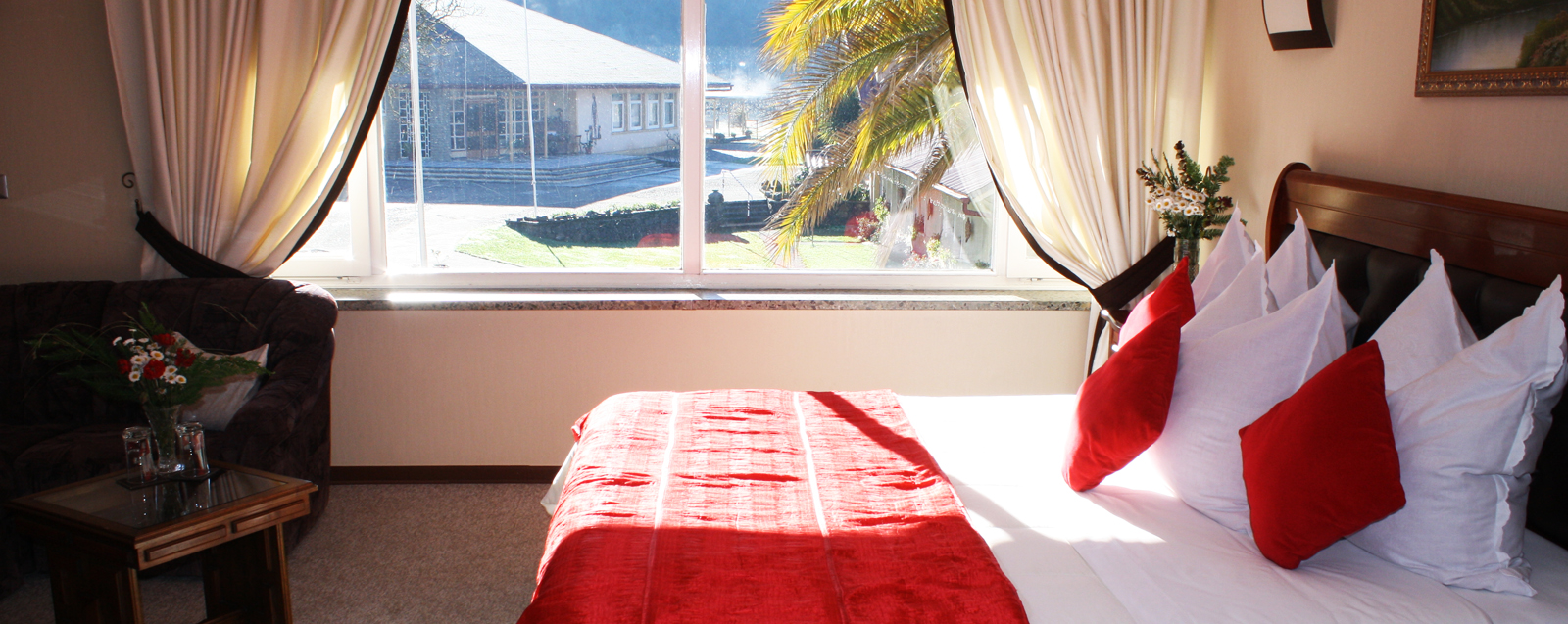
A superior double room with flat screen TV and WIFI goes from $65 a night and cabins for two start at $38.
There’s a family casino, a restaurant serving rich traditional German cuisine and plenty of leisure activities including horse riding, biking, hiking trails and so on.
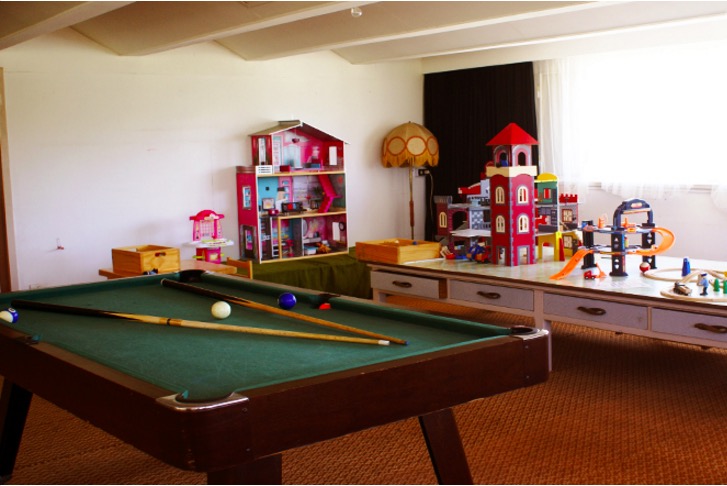
But the past is always lurking nearby. Just beyond the children’s playground, much of the infrastructure of the old colony remains. The bakery, dairy barn, furniture workshop and various dog-eared buildings that can found around the present day resort were all part of the cult’s enclave where members were forced to make their livelihood while their leader held them captive.
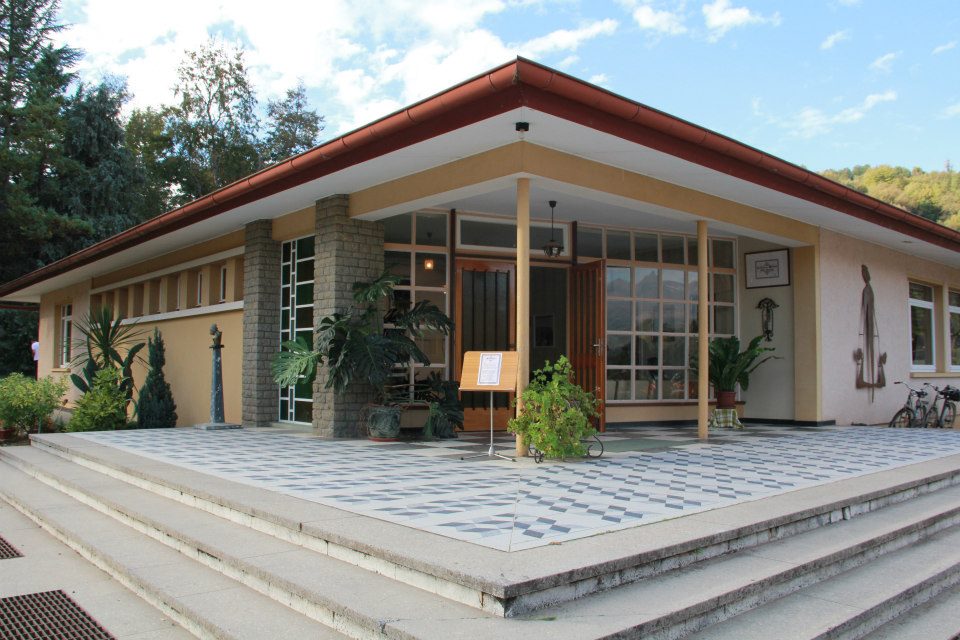
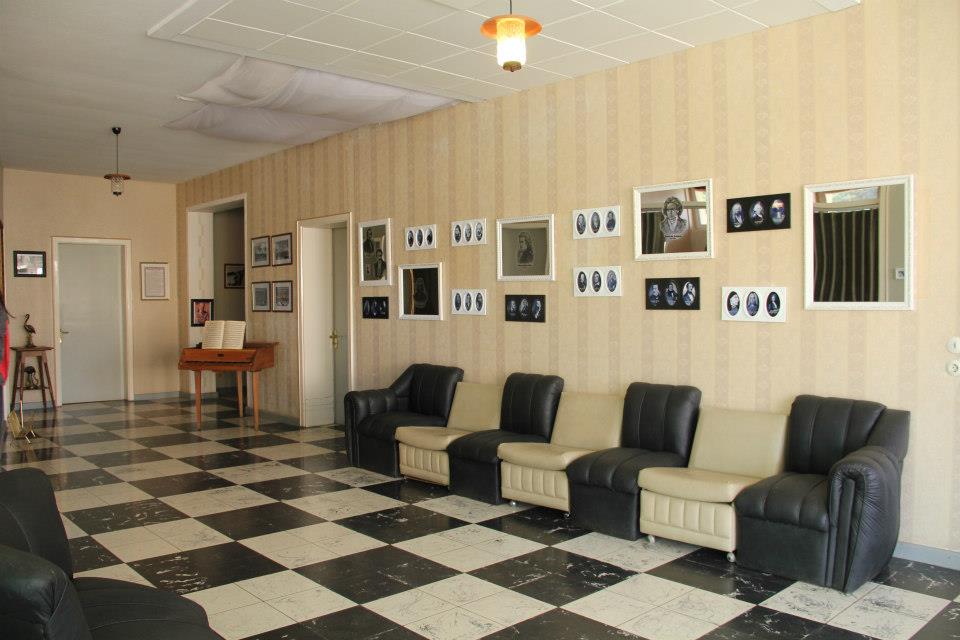
One of Villa Baviera’s front-of-house marketing pioneers, lifelong resident Anna Schnellenkamp, came up with the ideas to reinvent her colony by offering wedding ceremonies at the resort and launching their very own annual Oktoberfest celebration, which now attracts hundreds of visitors and generates thousands of dollars in revenue.
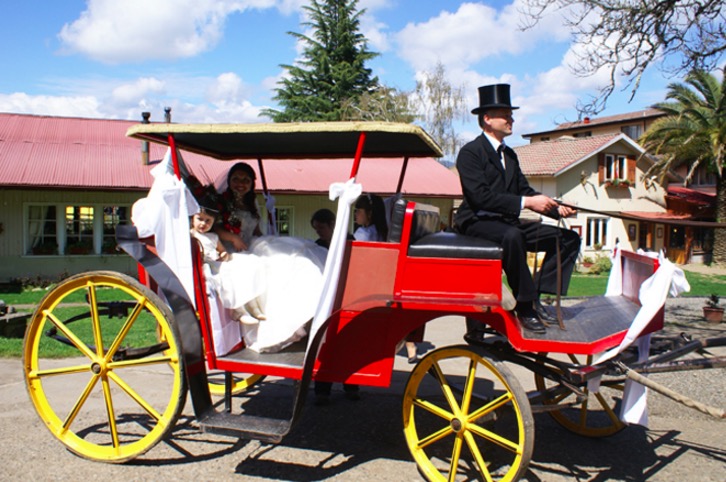
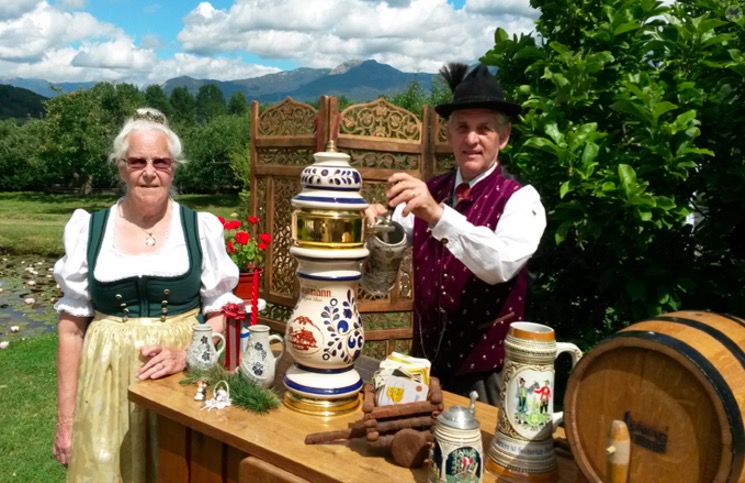

In 2013, Anna’s 86 year-old father was taken away in handcuffs along with six other elders of the colony. He was Paul Schäfer’s head of security and is now serving five years in prison for his alleged complicity in the child abuse of which his former cult leader was accused of. In case you were wondering, Schäfer himself died in prison in 2010 while serving a 20-year sentence.
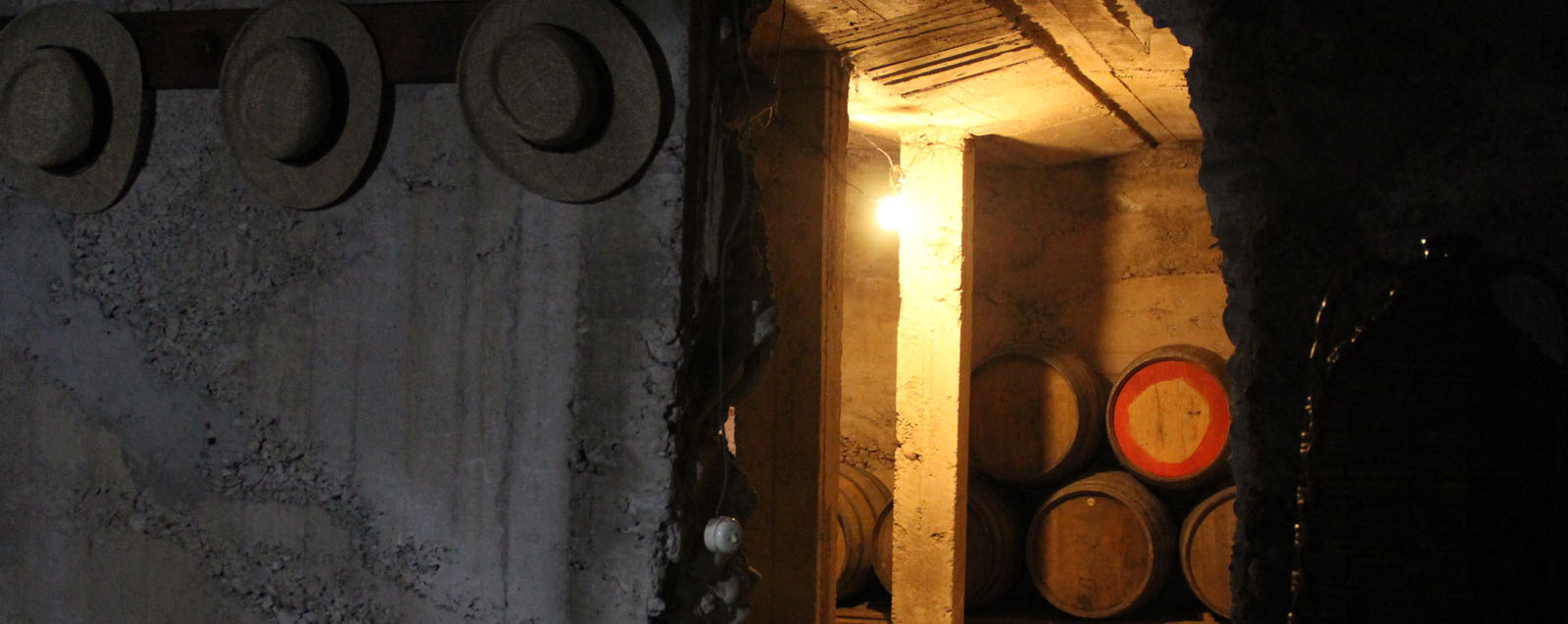
In the tourism section of the Villa Baviera website, alongside suggested leisure activities and facilities such as trekking, hydro-biking and hot tubs, you can also take a “colonial tour“. That is, from the looks of it, a tour of the colony’s old secret bunkers where you can look at vintage spying equipment, eerie examination rooms and other historical material which attempts to serve as a museum of Villa Bavaria, acknowledging the human rights abuses that occurred there, to both outsiders and its own people.

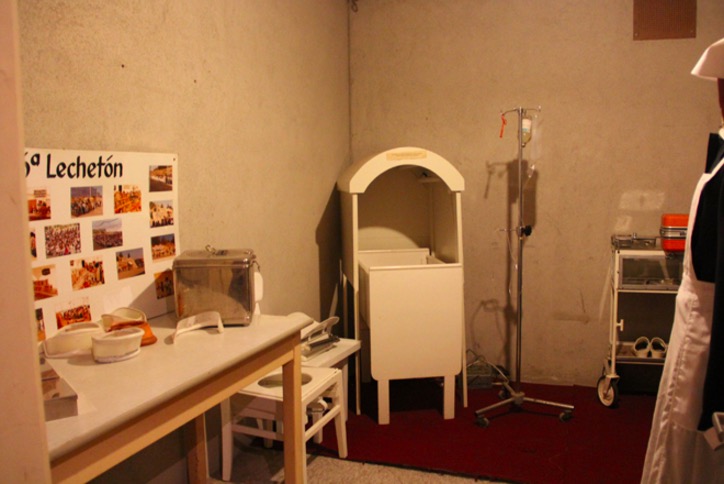
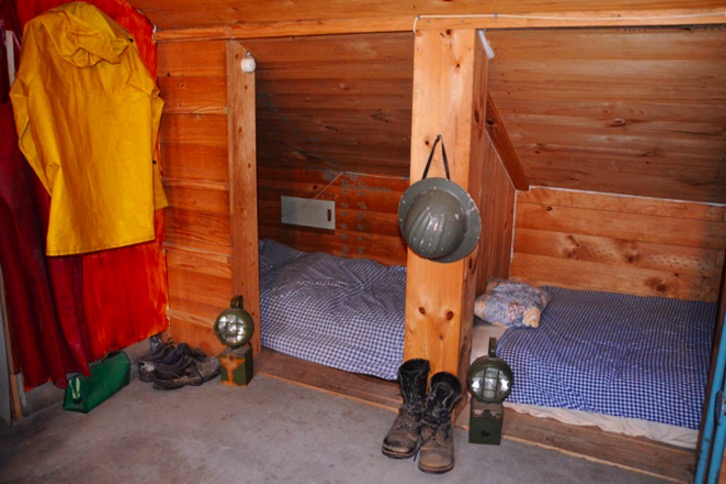
“It’s so pretty here. This place invites you to fall in love with it, the people are so cordial, so gentle,” a young Colombian couple staying at Villa Baviera told that Bloomberg reporter. The colony’s past and the intrusions of history were apparently not strong enough to ruin their vacation.

But reporter Monte Reel also had a rather more disturbing interview with an elderly resident who he found difficult to believe when the man attempted to convey his shock at discovering that Schäfer, “a man he had idolized, had been so villainous”. Reel describes the encounter:
“Schmidtke, 58, shows me a promotional DVD produced in 1994, before Schäfer fled. It painted the colony as a utopia of selfless goodwill and thriving agricultural enterprises. There’s an awkward nostalgia in Schmidtke. He seems to still believe in the ideal the DVD was trying to sell. Later, over a locally brewed bock beer in the Zippelhaus, he says the stories of dissidents disappearing in Colonia Dignidad are fictions. The colony, he says, has been unfairly targeted by the left-leaning governments that followed Pinochet.”
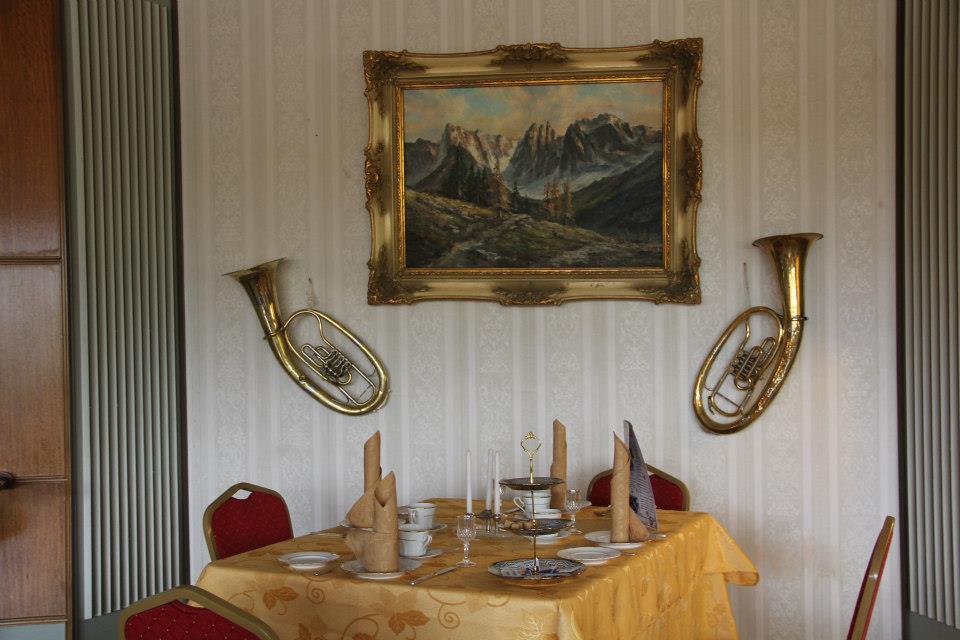
When the colony relaunched itself as Villa Baviera and opened the hotel in 2012, the families of Schäfer’s and Pinochet’s victims posted pictures of their vanished loved ones around the colony walls.
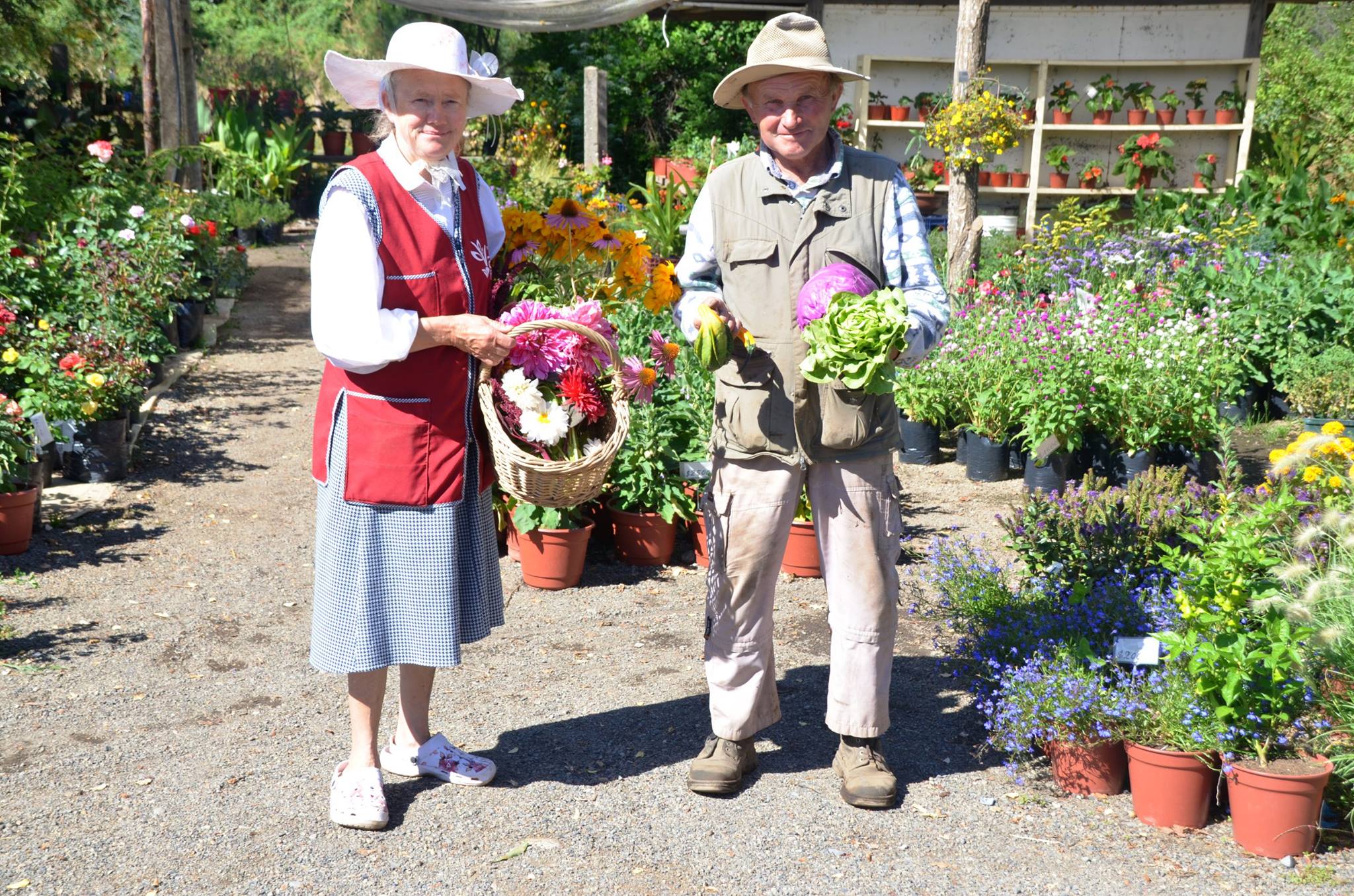
It’s clear that the community’s residents count themselves among the victims. The website describes themselves as “men and women who [can] fall in love and form normal families that they could not have, raise their own children, hug them freely and care for them as their parents could not do with them before. And most importantly, they [are] able to take the community’s future in their hands, without slavery or submissions of any kind. Free to start again, free to relive”.
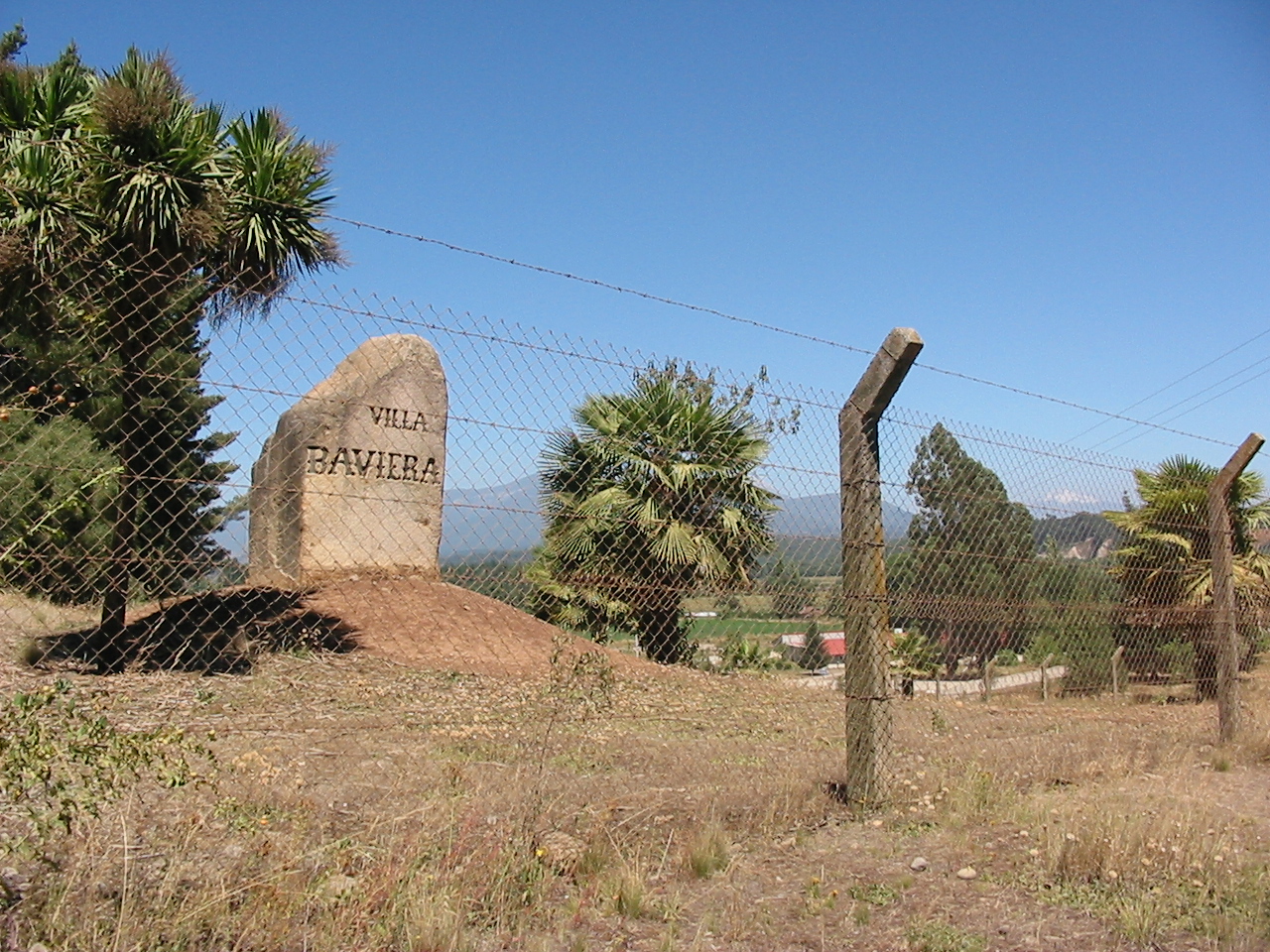
It’s difficult to read that and not think, why shouldn’t they be allowed the chance to start again? And then you think about it a little more … and something about it just feels off. How many other elder residents and former heads of security are living amongst the victims at Villa Baviera? Schäfer only fled the colony after child molestation charges in 1997. Has enough time gone by for it to be appropriate to open a holiday resort on the site of a former paradise for Nazis who escaped justice in Latin America? Or perhaps the past can just be left in the past. It’s just land … right? I’m conflicted. I’m curious. I don’t know if I’m horrified by the thought of it all, or whether I want to take a tour of the cult’s underground bunker while sampling a German sausage.


